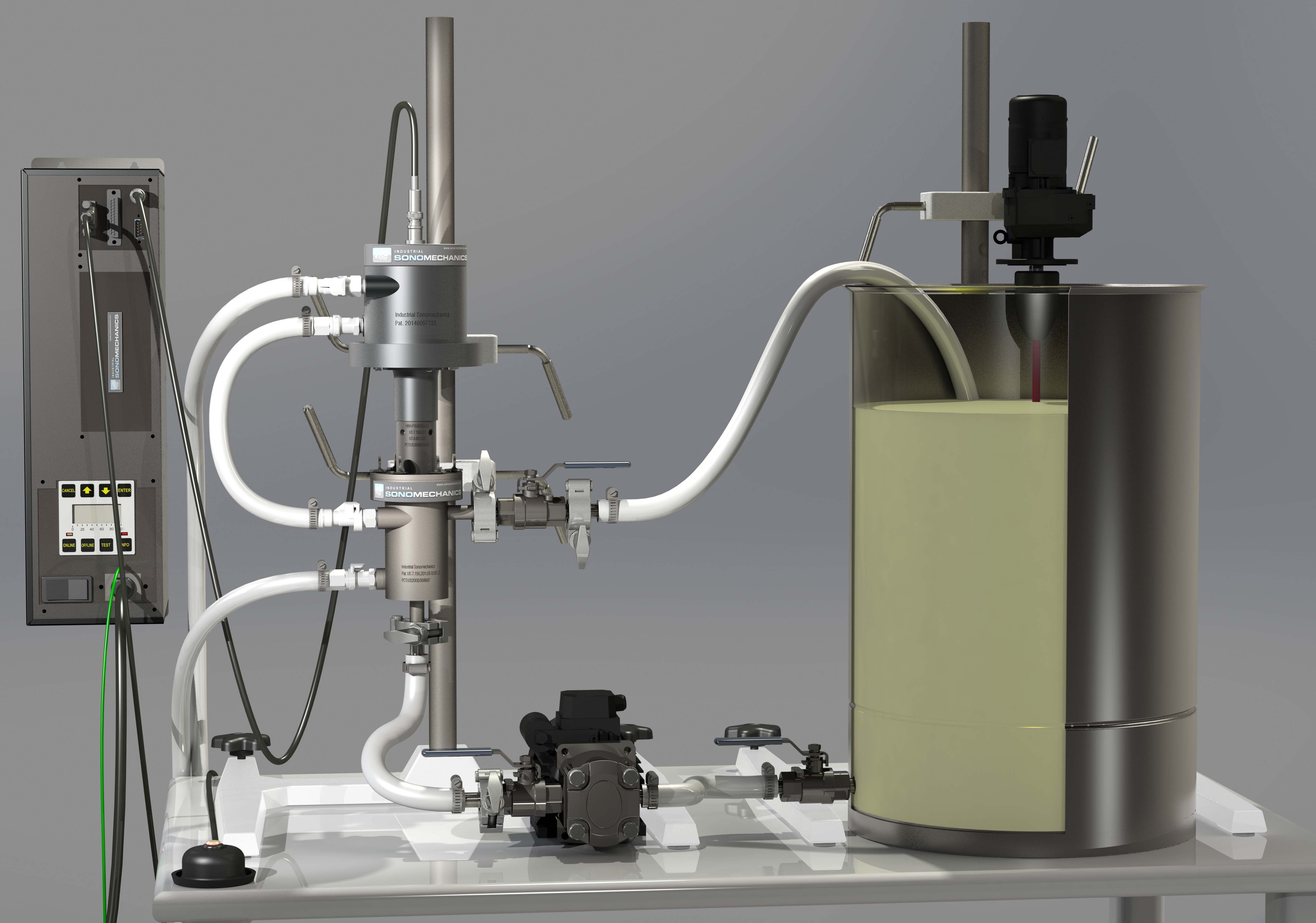The ISP-3000 ultrasonic processor is supplied mostly pre-assembled and ready-to-use. Knowing how to take it apart can be helpful when you need to replace a part (e.g., Barbell horn), troubleshoot or clean the processor. In this post, we provide step-by-step disassembly instructions for the ISP-3000 configured in the flow-through mode. A link to the video on this topic is included at the end.
Before you begin, please review the user's manual and familiarize yourself with the processor's components.
.jpg?width=1994&height=332&name=Logo%20Sonomechanics%20White%20No%20Shadow%20R_Final%20(1).jpg)








